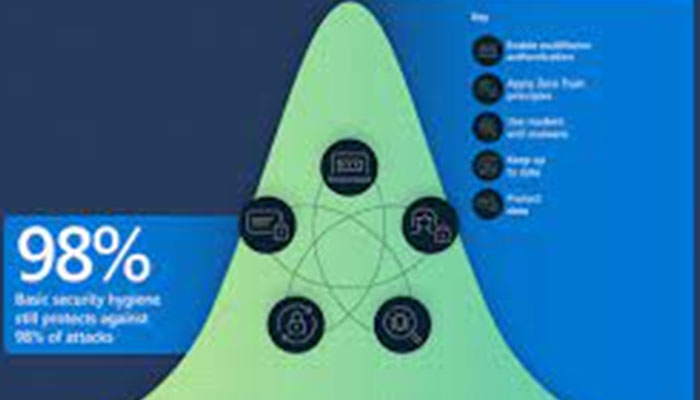For many, 2022 was a year in which hope met uncertainty because the pandemic slowed, but economic and global challenges expanded. In IT, cyber threats continued to be top of mind as organizations sought to reduce their risk of data loss on smaller budgets.
In 2023, we expect the conversation to expand from “security” to “risk” as businesses balance data security, cost, and complexity.
Please find the 7 data protection predictions for 2023 by Druva below:
Data Resilience in the Spotlight
Data Protection Integrates with Data Security
Customers need data protection vendors to integrate into their data security ecosystem. Organizations looking to “tighten the belt” on their IT budgets will not have the capital to invest in multiple siloed products and will seek out solutions that bridge the gap between security posture, recovery, management, analytics, and integration with third-party tools.
Additionally, cybercriminals will target cloud workloads as data centers become more secure. Companies will be forced to extend their cyber resilience beyond the data center. With these additional requirements, the market will need to help customers do more with less—less money, less staff, and less experience. There will be a need for autonomous data resilience, in which the customers’ data is automatically secured and protected.
MFA, Zero-Trust, and Potential Exploits
People have talked about a multi-factor authentication (MFA) and zero-trust security for several years now, but as we return to offices in 2023, IT teams must reassess the organizational perimeter with a stronger focus on identity. In recent attacks, we have seen examples of sophisticated social engineering taking advantage of MFA fatigue. IT teams must ensure their organizations are thinking ahead of these disasters and implementing stronger systems to account for potential human error.
Mergers and Acquisitions Complicate Data Protection
With mergers and acquisitions, companies pick up even more tools and data locations. While executives talk about unifying back-end infrastructure, data and application gravity make standardization incredibly difficult. Instead, IT needs to find a way to protect and secure data where it lives, without hiring more people or buying more tools.
Budgetary Concerns in an Uncertain Economy
Economic Challenges Shrink the Time Horizon for Technology Investment
Companies will leverage the cloud for most new initiatives because they will want to make low-risk bets in 2023. Cloud-based projects require a minimal initial investment, charge only for what is consumed, and can be quickly decommissioned.
Additionally, teams will ruthlessly prioritize IT projects based on rapid ROI (return on investment). Because they do not have enough senior personnel, and the economy is a concern, they will need to show value in six months to propel them to the next investment.
Automation to Reduce the Skills Gap
Time and again, it’s been proven that humans are the weakest link in the security chain. To ensure data resilience in the wake of a disaster or cyberattack, security leaders will need to prioritize the proper training of their staff while equipping them with the right systems to automate processes.
The AI/ML Revolution Comes to Data Protection
AI/ML Automation Saves Cost and Human Effort
Organizations have struggled to scale their AI/ML (artificial intelligence and machine learning) model deployment in production due to complex data dependencies, manual processes, lack of expert AI/ML skills, and siloed engineering teams. In 2023, organizations will look to invest in AI/ML platform teams and services that can simplify dependencies, improve data and model discoverability, manage dataset access and governance, and make model building and deployment easily repeatable. MLOps (machine learning operations) platforms that provide these benefits will gain traction.
Autonomous Data Protection Is the Future
The status quo in data protection has been unrealistic, with businesses expecting to have dedicated teams to manage backups, SLAs, RPOs, and RTOs, and diligently troubleshoot failures. In reality, workloads have grown more complex, data growth has been massive, and there are hundreds of enterprise applications used in an organization, requiring backup administrators to spend significant time and effort on data protection tasks.




